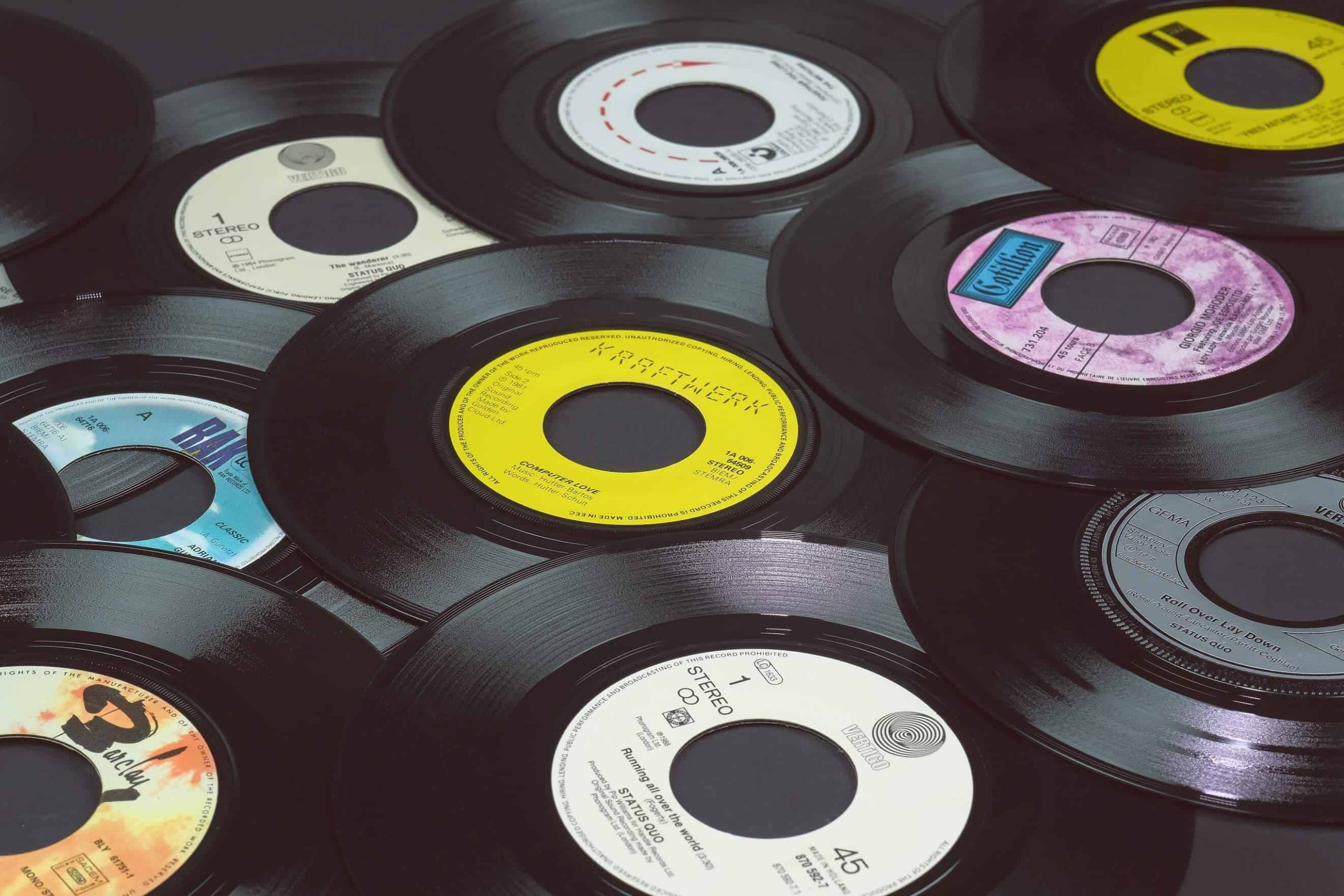

The Evolution of Audio Technology: From Vinyl to Digital Streaming
It is interesting how audio technology has developed over the years to become a mix of old and new that will always strive to be heard better and easier. Looking at how it has progressed from vinyl records to something that cannot be touched in MP3 players, we can say that the relationship between us and music is changing. For example, it makes one wonder, “why did we shift from hard copies to soft copies?” “In what ways shall such changes influence upon the sound of art itself as well as our auditory perception?” But most significantly, what does the future hold for audio technology?
The Dawn of Recorded Sound
The story begins in the late 19th century when the first phonograph was invented. This remarkable device, capable of capturing and replaying sound, laid the foundation for all subsequent audio technology. Vinyl records, introduced in the early 20th century, became the primary medium for commercial music distribution. These records were cherished not just for the music they contained but also for their tangible qualities: the artwork, the ritual of setting the needle, and the warm, rich sound that seemed to fill the room.
For those looking to delve deeper into the nuances of this era, FAQ Audio offers a treasure trove of discussions and insights into the art of making music during the vinyl age.
The Magnetic Era: Reel-to-Reel and Cassettes
The next important development in audio technology came about with the advancement in technology; this is the magnetic tape. The emergence of reel tapes during 1940’s and compact cassettes in 1960’s inaugurated the era of portable and available music. In this period, it became possible for music enthusiasts to document a number of songs easily, share it with others and listen at any available time. The compact cassette especially changed the music-listening culture as people could now make mix-tapes, tape songs off the radio, and finally listen while walking around using portable cassette decks that were introduced later on.
The Digital Revolution: CDs and the Onset of Digital Audio
The digital revolution began in the 1980s after CDs were invented. These CDs had better audibility because they did not have any vinyl or tape noises like pops or hisses. This was also possible through the emergence of a digital platform for music on compact-discs, which in turn opened up new horizons in the field of audio engineering. There was an improvement in music; it could be kept easily, as well the emergence in a better sound quality and appearance than ever before available.
The Age of MP3s and Digital Downloads
During the 1990s and early 2000s, there was an emergence of MP3s and digital downloads that completely changed the face of music consumption. It is during this time that people stopped using the normal types of physical storage and started adopting the ones with zeros and ones that could be copied and sent by email attaching innumerable copies into one’s personal computer or Mac. As well as emerging P2P (peer-to-peer) systems that posed many problems because of copyrights, there appeared new ways of how we would listen to music in the future.
Streaming: The Present and Future of Audio Technology
Nowadays, it is possible to click a button and get millions of songs from digital streaming platforms which seem to have taken over the music business. The emergence of streaming platforms has brought about fundamental transformations not just in the accessibility and but also artistry of music. Singers can communicate with their audience straight away while listeners are able to come across fresh tracks with less effort.
Moreover, such services make one wonder whether the artist pays fairly, who possesses the music and if the industry itself is sustainable enough? It is evident that as we move forward in anticipating what tomorrow holds, there will be continued defiance and redefinition of our music environment from advancements in sound technology.
Conclusion: Reflecting on the Journey
The way audio technology has changed over time, from vinyl to digital streaming, is just like everything else in society today – how we relate with technology, art and culture. It leaves us pondering over some issues such as whether it is better to sacrifice convenience for quality or vice versa, the significance of music in the era of zeros and ones and finally what impact does advancement in technology have on our cultural experience?


- PARISI cover Interview
- Ultra Music Festival 2024: A Tale of Triumph
